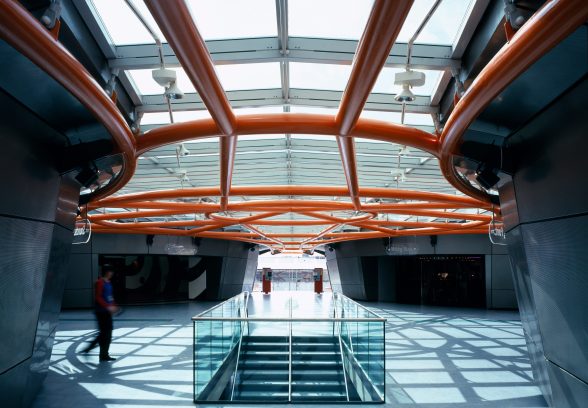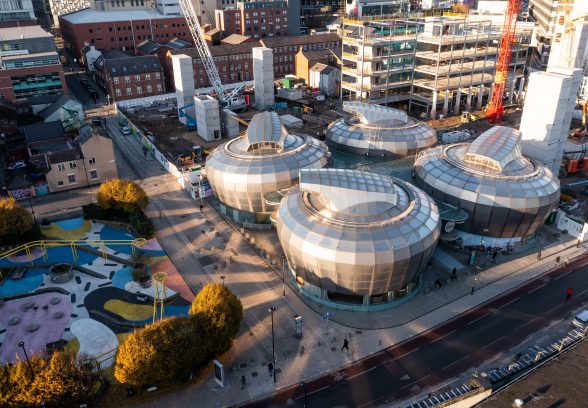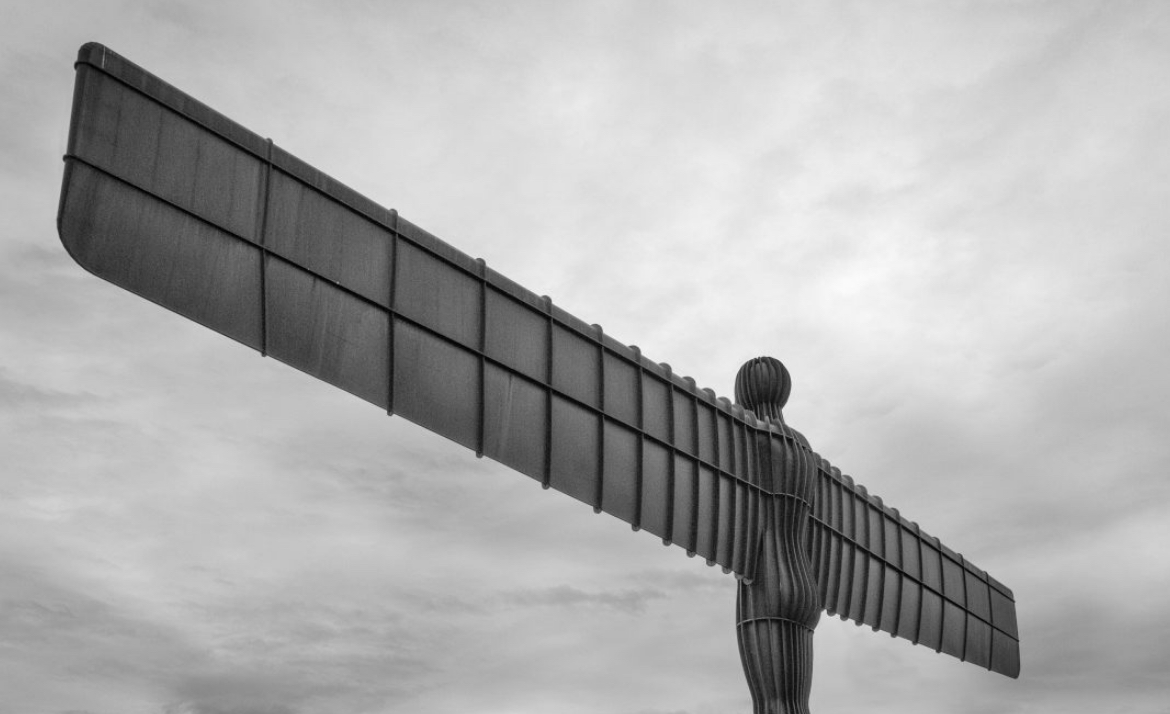This website uses cookies
This website uses cookies to enable it to function properly and to analyse how the website is used. Please click 'Close' to accept and continue using the website.


National Centre for Popular Music, Sheffield



Branson Coates, 1999
Risk: Demolition
Today the former National Centre for Popular Music in Sheffield is emblematic of the mixed fortunes of Britain’s many Millennial era projects, yet its origins actually date back to the early 1980s. A Council-led masterplan for the former industrial site had called for the development of a Cultural Industries Quarter as a catalyst for urban regeneration in the city centre. Grant funding from the National Lottery later helped to shape the brief for a new National Centre for Popular Music, drawing on the city’s pop success as the home of groups including Pulp, the Human League, and ABC. An RIBA open competition in 1996 was won by architects Branson Coates (a partnership of Doug Branson and Nigel Coates), with the winner selected by a public vote. Coates is arguably one of the most singular and avant-garde figures in British design of the late 20th and early 21st century, working across architecture, interiors, and furniture. His often radical work draws heavily on pop culture and takes cues from television, fashion, gay culture, music and history. Despite winning numerous commissions in Japan, in his native UK the former Pop Centre is one of just two surviving architectural projects.
Chasing the ‘Bilbao effect’, the building was consciously designed as flamboyant urban icon. Acknowledging the city’s heritage in steel production, the outline of the four drum galleries referenced industrial storage tanks and, more arcanely, pinball machines. Each drum incorporated a state-of-the-art low energy air handling system, stale air would be sucked upwards through the four rotating cowlings that topped the drums. On first approaching the building, a glazed cruciform link with a wide central stair drew visitors up to the gallery entrances on the first-floor level, where people would choose which drum to enter first and ‘effectively could write their own script’.
The pinball machine, which inspired the architect, was thought to be an effective metaphor for the spirit of the music industry and the non-prescribed way in which visitors would use the building, literally ‘bouncing’ from one gallery to another. This language was extended to the adjacent public garden, with rails, bumpers, and flippers as landscape features in what is now known as Pinball Park. Modelled on the Rock and Roll Hall of Fame in Cleveland, Ohio, but with none of the star-power and must-see exhibits, the project was probably doomed from the outset. Not unlike the Millennium Dome, the building itself was praised, but the contents found to be lacking. One critic concluded ‘profound architecture [cannot] make up for a lack of curatorial direction or lacklustre content’.
Branson Coates built the centre for £7.9 million, with the remainder of the £18 million project cost being spent on the exhibition fit out, start-up costs, and acquiring a permanent collection for display. Low visitor numbers led to a significant shortfall of capital, with the centre entering insolvency in October 1999 and closing in June 2000, just 15 months after opening. The headlines wrote themselves: ‘Top of the flops’, ‘Rock Horror Show’ and ‘Pop museum faces crisis as visitors walk on by’. Yet like the Dome, and many other Millennial projects, its afterlife proved far more successful. Acquired by Sheffield Hallam University in 2003, the building was converted into The HUBS and has served as a popular student union ever since. In 2024, the University announced its intention to relocate the student union to another location in the city centre, with demolition of the HUBS pointedly not ruled out. A pre-emptive listing application by C20 was rejected by Historic England without going to assessment, leaving the building extremely vulnerable.
A successful example of adaptive reuse for more than 20 years, it’s often been quipped that more moments of genuine ‘popular culture’ took place in the student union than ever did in its original guise as an institutional pop-museum. Surely, it’s time for a third act?

Become a C20 member today and help save our modern design heritage.